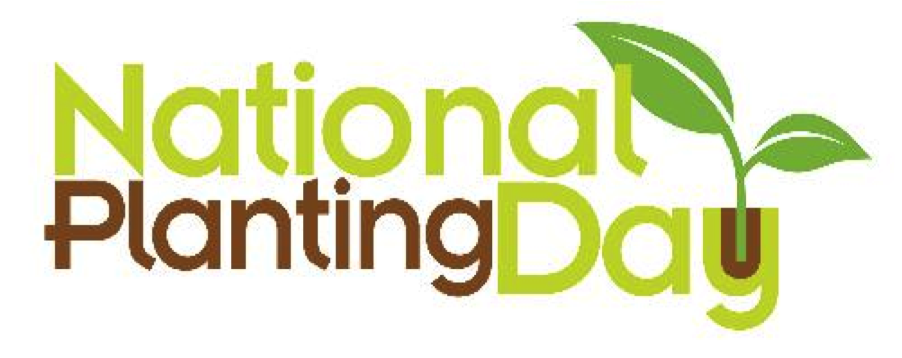 The perfect event for gardeners and landscapers, young and old, will take place on Saturday, September 8th when Keep America Beautiful and the USDA People’s Garden Initiative launch the first ever National Planting Day.
The perfect event for gardeners and landscapers, young and old, will take place on Saturday, September 8th when Keep America Beautiful and the USDA People’s Garden Initiative launch the first ever National Planting Day.
Hailed as an opportunity for communities throughout the country to support local ecosystems, the focus of the day, and activities happening through November 30, will be the planting of native species.
What is a native species? Quite simply, a native plant species is any indigenous plant (tree, shrub, grass, moss, fern, or flower) growing naturally in a given geographic area. Native plant species evolved over time. They developed unique characteristics adapted to the soil, climate, wildlife, and competitive conditions of the area in which they grow.
Why plant native species? Native species are the ‘locals’ of the ecosystem. Being masters of their environment, natives thrive where other plants struggle to survive. Native plant species attract local pollinators and provide high quality food and habitat for wildlife. They also contribute to the quality and health of the soils in which they grow. Equally important is that native species require less maintenance and water than the typical ornamental species found in most urbanized landscapes.
“As scarcity of water becomes a significant national issue, it’s important that we focus on the planting of more ecologically appropriate, drought-tolerant native species,” said Matt McKenna, president and CEO of Keep America Beautiful. With drought being no stranger to California, National Planting Day is not only a good reminder of our need to grow native species, but a call to action to do so.
Landscaping outside the USDA Headquarters reflects sustainable landscape practices. The introduction of native species promotes an environmentally friendly space. Photo: USDA Blog
With September marking the start of the fall season, now is the ideal time to initiate the transition from ornamental to native plants. Whether you’re a novice or a seasoned professional, it’s always a good idea to first confirm which plants are native to your area.
Many native species have “eco-types” that are highly adapted to a very narrow geographic range. Selecting the eco-type of a native species adapted to your specific area (i.e., watershed) can mean the difference between a beautiful botanical success and a dismal failure. The old adage that a rose is a rose doesn’t apply here. Resources available to help you identify the native plants best suited for your area include the California Native Plant Society (http://www.cnps.org), PlantNative (http://www.nativeplant.org), your local Bay Friendly certified landscape professional (http://www.bayfriendlycoalition.org), and your county UC Cooperative Extension Master Gardener program office (http://www.mastergardeners.org).
At the nursery, be sure to ask to speak with a representative who’s been trained with knowledge of the care and maintenance of native plants. You wouldn’t consult a plumber for an electrical question would you? The same holds true for nursery folks trained with knowledge of ornamental versus native species. The growth and nutrition needs of native species are often vastly different from ornamentals. You typically won’t need fertilizers and all those sprays found in the chemical aisle. In most cases, compost will be enough, and even that may not be necessary. My advice is to consult wisely before you purchase.
Now, to get on the bandwagon and help raise awareness about gardening with native species in your community, do the following:
- Spread the word! Tell your friends, family, neighbors, and co-workers about the importance of native plants, and get them involved in a National Planting Day event. Learn more at http://www.getgrowing.org.
- Plan and register your community group, business, or individual National Planting Day event at: http://www.kab.org/site/Survey?SURVEY_ID=2302&ACTION_REQUIRED=URI_ACTION_USER_REQUESTS.
- Start a native garden in a highly visible location in your community. Establish the garden as a demonstration site that promotes the benefits and beauty of native plants.
- Incorporate native plants in your school garden project to teach students the role that native plants play in the local ecosystem.
- Tweet your support @PeoplesGarden #NationalPlantingDay
Go Native!
Happy Planting Day!
~The Dirt Dude / CompostCrusader



